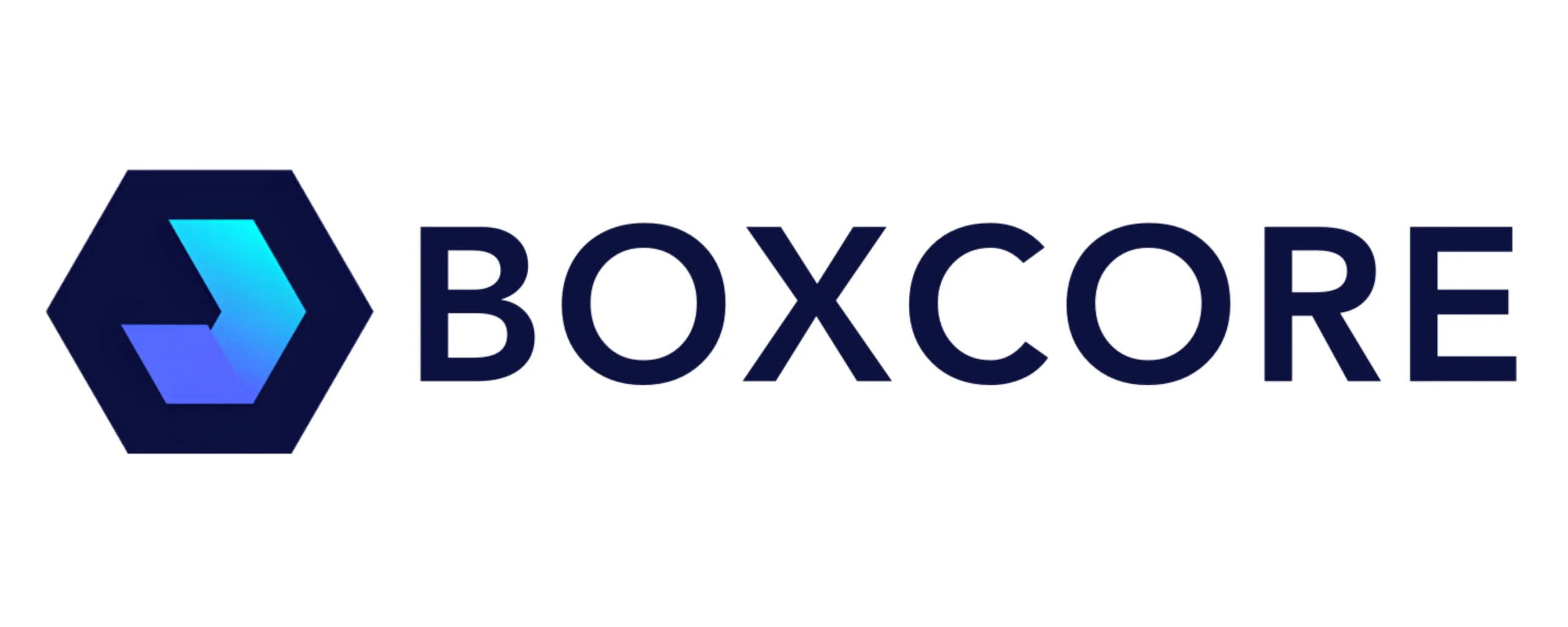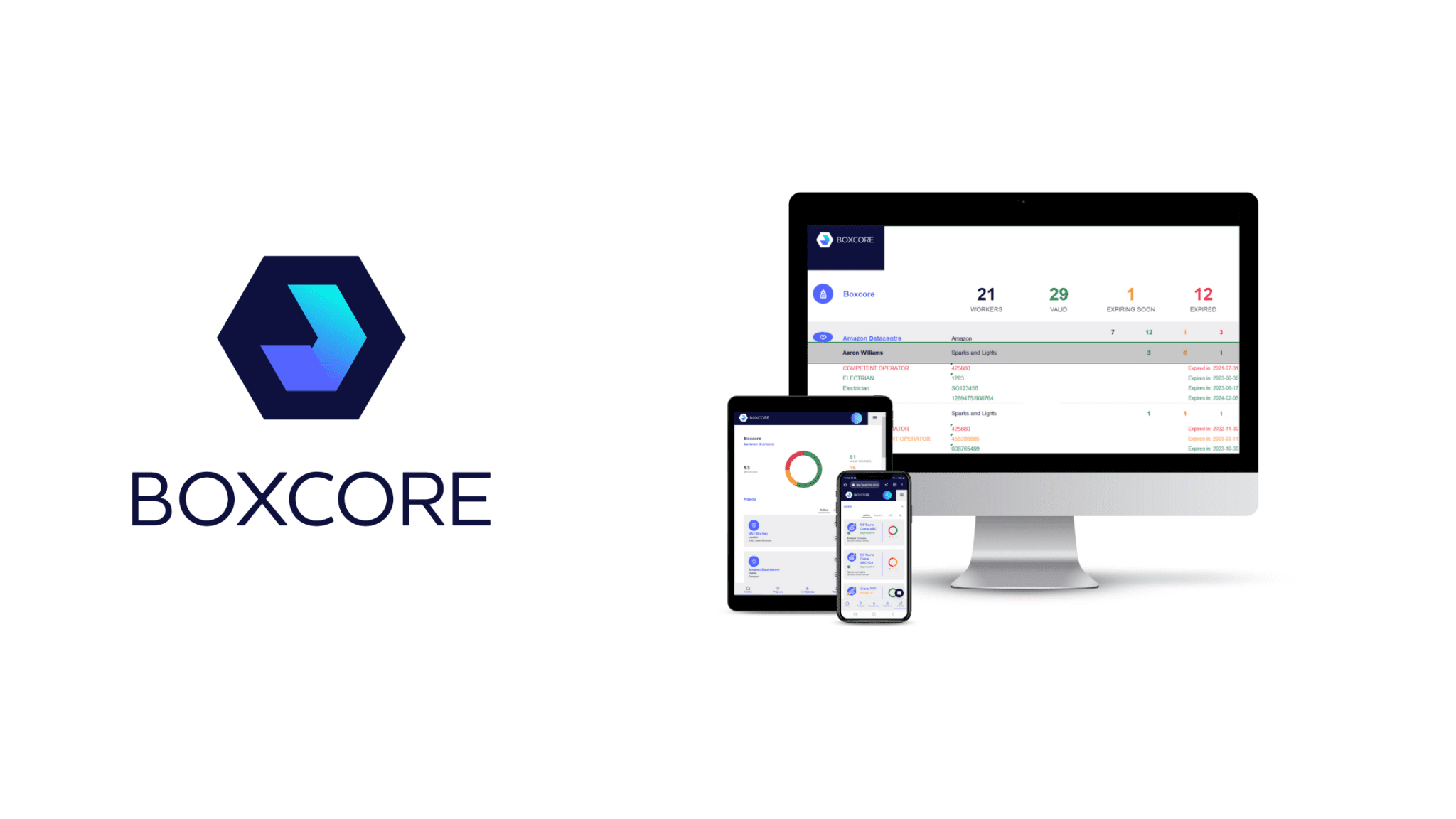Tracking training and competency in construction is never as simple as ticking boxes on a spreadsheet. Sites are dynamic, project scopes change, and workers rotate between locations at speed. For contractors, ensuring that every operative has the correct training in place — and proof of it — is a daily necessity.
That’s where training register software for construction changes the game. Instead of scrambling through paper files or chasing subcontractors for certificates, you can see in seconds who is approved to work, whose credentials are due to expire, and whether all project-specific training has been completed.
But construction is unlike any other sector. You’re dealing with mobile workforces, varied compliance regimes, and frontline staff who don’t have time for complicated systems. Choosing the right platform isn’t just about ticking off features — it’s about ensuring it will actually be used on site.
This article outlines seven key things to consider when selecting training register software for construction, and four major benefits that make the investment worthwhile.
Why Construction Needs a Different Approach
Manufacturing, logistics, and corporate sectors often use training systems designed for stable, office-based teams. Construction is different.
Projects are temporary. Crews are constantly changing. A single worker might be on a high-rise project this week and a civil works site the next. Add in multiple subcontractors, strict deadlines, and compliance rules that vary between regions — from CSCS cards in the UK, to Safe Pass cards in Ireland, to SST cards and OSHA training in New York — and the challenge of keeping accurate training registers multiplies.
Manual systems simply can’t keep pace. Excel sheets and paper files may work for a handful of workers, but at scale they lead to gaps, errors, and costly compliance failures.
That’s why contractors are now turning to platforms like Boxcore to manage training data digitally, link it with other safety workflows, and make it accessible to the people who actually need it — the site teams.
7 Key Things to Consider When Choosing Training Register Software
1. Speed of Adoption and Ease of Use
If your software isn’t straightforward, it won’t be adopted by site crews. In construction, there’s no luxury for lengthy rollouts or complex training sessions. The platform should be ready to use within days, not weeks, with minimal onboarding time.
Boxcore’s approach is a good example — contractors can be fully operational within 24–48 hours, with existing worker training data migrated at no additional cost. Subcontractors can be trained in minutes, ensuring the entire workforce is covered with minimal effort required by site teams to implement
2. A Traffic-Light System and User-Friendly Dashboards
At site level, information has to be clear. A colour-coded traffic-light system on training dashboards means managers can instantly see who is compliant (green), approaching expiry (amber), or out-of-date (red).
This visual clarity speeds up decision-making, avoids mistakes, and ensures workers without valid training are not allowed on site. The best training register software should include well-designed dashboards and should also work on mobile devices, allowing checks from anywhere on the project.
3. Automated Registers
Manually updating registers is one of the most time-consuming admin tasks for safety teams. The right training register software should automatically update training records when a worker completes a course, when a document is approved, or when a certification is uploaded.
Automated registers in Boxcore remove the need for double or triple handling of data. Instead of searching through email chains, you have a single, up-to-date record of every worker’s training history.
4. Online Inductions and Orientations
Worker onboarding is a critical point in the safety process. If your platform supports digital inductions and orientations, you can get workers site-ready before they even arrive on site.
This is especially valuable for large or remote projects, where travel time can delay onboarding. In the US, this means ensuring OSHA and project-specific training are completed in advance; in the UK and Ireland, workers can upload proof of CSCS or Safe Pass cards as part of their induction.
Boxcore’s onboarding features let contractors deliver inductions, capture documents, and verify training remotely, reducing first-day delays.
5. Digital Sign-Off of Documents (RAMS, Toolbox Talks, etc.)
RAMS, toolbox talks, and safety briefings often require signatures from multiple parties. A good training register system should integrate digital sign-off so that proof of attendance and understanding is instantly recorded against the worker’s profile.
This eliminates the need to scan and upload paper sheets, and ensures records are stored securely for future audits. It also links these sign-offs directly to the worker’s competency record, creating a full compliance picture in one place.
6. Integration with Site Access and Facial Recognition
One of the most powerful developments in training register software is integration with site access control and facial recognition systems.
With this setup, only workers with approved training records can gain site entry. If a certification expires, access is automatically revoked until it’s updated.
Boxcore’s facial recognition system gives real-time visibility of who is on siteBOXCORE 12525 (003), linking directly to their training records. This is a major step in preventing unqualified workers from performing high-risk tasks.
7. Bringing Other Safety Workflows into One Place
Training register software shouldn’t be a standalone tool. They work best when combined with other safety and workforce management features — such as equipment inspections, document management, and time tracking.
By bringing everything into one platform, you eliminate data silos, reduce the number of systems workers have to learn, and ensure information is consistent across all safety workflows.
Boxcore’s platform is designed this way — training records, safety documents, access control, and time tracking all live in the same environment.
4 Benefits of Training Register Software for Construction
1. Reduced Risk
By ensuring only trained, competent workers are on site, you lower the likelihood of accidents, non-compliance fines, and project delays. The system acts as a constant, automated check on your workforce’s readiness.
When linked to access control, this risk reduction is even more significant — no manual checking, no lapses.
2. Eliminate Manual Admin
Digital registers remove hours of manual data entry, scanning, and email chasing. Admin staff can focus on higher-value tasks, and site managers can spend more time supervising work rather than validating paperwork.
In one real-world example, a contractor using Boxcore cut their training admin workload by over 90% in the first month
3. Reduced Insurance Costs
Insurers increasingly recognise that robust digital safety systems reduce claims risk. Maintaining airtight training records — and being able to demonstrate them instantly — can help negotiate lower premiums or meet policy requirements.
For contractors with multiple sites, this consolidated approach can translate into significant annual savings.
4. Improved Productivity
When workers arrive on site already inducted and fully compliant, there’s no downtime waiting for paperwork to clear. Access is granted instantly, and supervisors can allocate tasks without delay.
With real-time dashboards showing the competency status of every team member, the right training register software empowers managers to deploy the right people to the right tasks without hesitation.
Why the Right Choice Matters
Not all training register systems are built for the realities of construction. A generic LMS may track courses, but it won’t integrate with access control, link to RAMS sign-offs, or update registers automatically when documents are approved.
By choosing a platform built for site conditions — one that works on mobile, handles low-bandwidth environments, and is intuitive for all technical abilities — you get the adoption you need and the compliance confidence your projects demand.
Final Thoughts
For contractors, training register software for construction is no longer a “nice to have” — it’s a compliance, safety, and productivity essential.
When evaluating options, focus on systems that combine speed of adoption, clear dashboards, automated updates, online inductions, digital sign-offs, access control integration, and the ability to manage all safety workflows in one place.
The result is fewer risks, less admin, lower costs, and smoother site operations — benefits that will be felt from head office to the front gate.
To see how Boxcore can deliver these results for your projects, explore our access control solutions or book a demonstration today.


